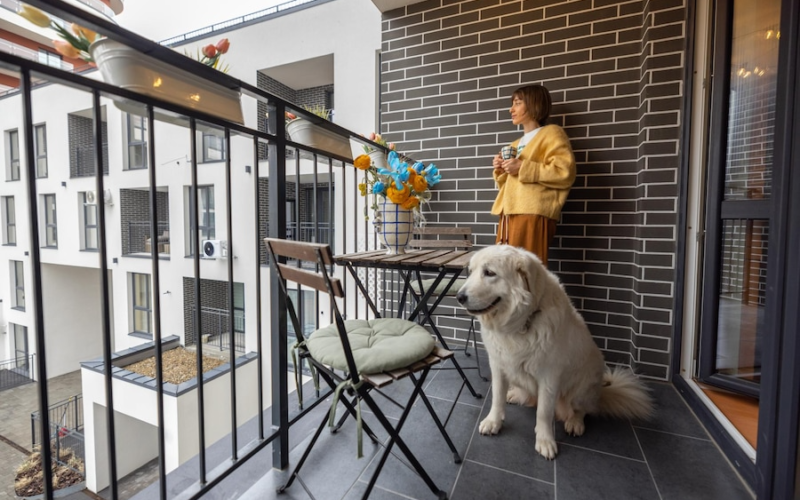
Before you schedule your next roof maintenance visit, you should know that discolouration can occur even if you are diligent about routine roof repair. I’m sure you’ve heard a lot about the importance of keeping your home’s curb appeal in mind. A soiled roof does more to detract from your home’s curb appeal than anything else. Roof discolouration might occur even if you invest in routine roof restoration every three years.
Are Roof Stains Normal?
Yes, roof stains are completely natural and can be caused by a variety of different things. A roof stain is simply discolouration that occurs as a reaction to some event or condition on your roof. While many roof stains are normal, it is important to keep an eye out for potential trouble, such as:
- Faded colouration, which may be the result of old shingles.
- Stains that have bubbled up and lifted off the surface of your roof tiles or sheet.
- Blue-green algae growths tend to occur in shaded areas, like the north side of your home.
Melbourne homeowners should inspect their roofs regularly and look for these signs of roof damage.
What Causes Roof Stains?
Multiple factors can cause roof stains. Here are some tips for tracing roof stains over your roof.
Rust or chimney soot stains: Rust stains often form along the edges of chimneys, where moisture from condensation or rain can drip down the roof’s surface. Once the rust dries, it leaves behind a permanent stain that’s unsightly and difficult to remove. Some rust stains are easier to remove than others.
Tree and plant debris stains: The cure for tree or plant debris stains is prevention. Rake up fallen leaves, pine needles and other debris that has fallen under trees every year to prevent a buildup of stain-causing materials. Also, if you have moss growing in the shade of trees, it could be contributing to the problem. Remove moss with a scrub brush during the early spring and fall seasons.
Water stains: These are mineral deposits left behind when water seeps through the roof of a house and evaporates. The pattern and type of stain depending on the water’s composition, including its acidity, mineral content, and consistency. They can also be caused by condensation from a humidifier or steam from a shower.
Water stains can often be easily removed. However, if the discolouration appears to be wet or damp, look for a leak in the attic or ceiling below the roof stain. If you have clapboard siding, check for signs of moisture seeping between boards.
Growth of Moss, Mould and Algae: Due to the combination of heat and moisture, algae can grow into the roof structure. The algae feed on limestone filler material, which is commonly used in asphalt shingle roofs. Algae can swiftly spread across the roof once it has established itself. It appears like black streaks running along the roof. When you notice stains like these on your roof, it’s time to call in the experts.
Algae growth and the stains it causes are usually unavoidable. This is because algae-friendly circumstances can be found on both residential and business rooftops. The most you can hope for is to spot such growth early on and have it power-washed while it’s still little.
Roofing Material
Roofing materials can fade in colour over time due to deterioration. This colour could then leak through the roof, causing discolouration and streaks. The colour of these stains is usually determined by the substance utilised. Asphalt shingles, for example, will break down and leave black stains as they reach the end of their useful life. A stain from a deteriorated metal roof could have a different hue.
Debris
Outdoor residues, such as leaves, fruits and seeds from trees, as well as bird droppings, can cause stains on your roof. When a tree overshadows a piece of the roof, these stains might be extremely extensive. When such debris causes stains on your roof, the simple answer is to wash the spots away. You can engage a professional contractor if you don’t have the necessary equipment.
Conclusion
There is no need to worry if you see black spots on your roof tiles. These spots are algae and can be removed with the proper roof cleaning techniques. But, before you get started, it’s important to know the black spots on your roof tiles might not be caused by algae.
The black spots could be caused by other organisms such as lichen, mould and moss. Before you get rid of them, it is best to make sure they are the result of algae growth. If algae cause the spots, there is a good chance they will return.
Roof discolouration is unavoidable, and regular roof restoration can help avoid it to some extent. Seaford roofing experts suggest getting specialists help to get your roof fixed.





